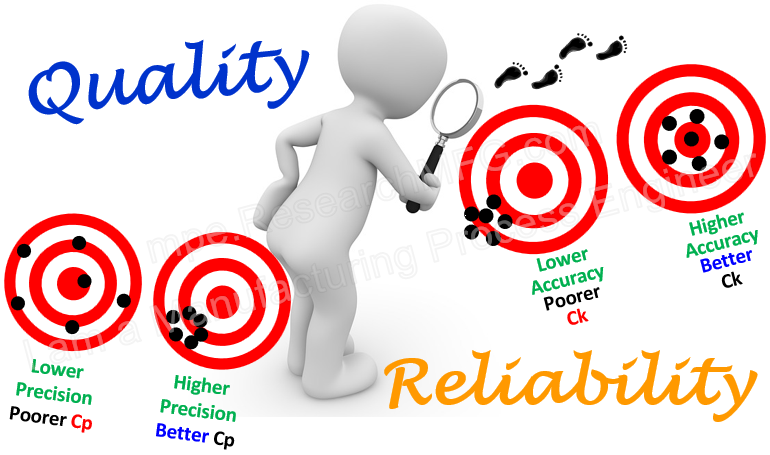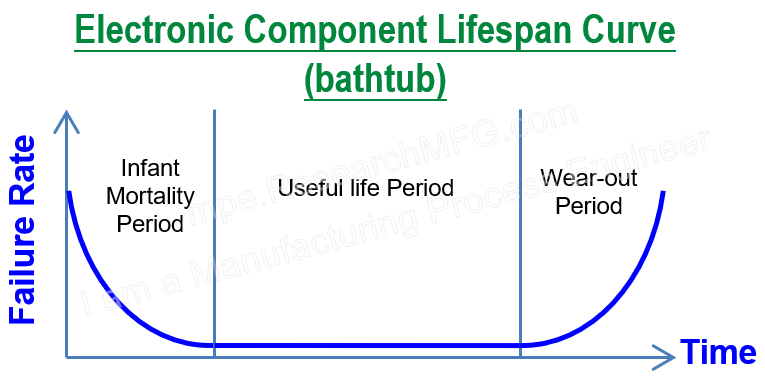
ORT stands for Ongoing Reliability Test, and sometimes it’s written as Ongoing Reliability Testing. ORT is a very important quality control measure in electronics manufacturing. Its purpose is to continuously monitor the reliability of products during mass production, so that potential issues can be detected early—before a large number of defective units reach customers.
From Workingbear’s point of view, ORT is essentially a monitoring test designed to make sure mass-produced products still meet the same quality level and lifespan standards as when production first started. You can also think of it as a type of reliability test to ensure that the “mass production” quality stays consistent with the original “design” quality.
In most high-volume production lines, standard tests usually include electrical tests like ICT (In-Circuit Test) or MDA (Manufacturing Defect Analyzer), along with functional verification tests (FVT). However, these tests mainly confirm that the assembly process is okay—for example, checking for open or short circuits, or whether components were placed correctly.
But over time, things can change. Component suppliers might deliver parts with slightly different quality levels, or they may switch materials. Many products also involve second-source suppliers, and the factory’s own processes might be adjusted. All of these changes in components and processes can cause the final product’s reliability or lifespan to drift away from what was originally designed.
That’s why ORT exists—to help keep the overall product quality stable and consistent, even as production continues over time.
Related reading: What’s the difference between Quality and Reliability?
What’s the difference between ORT and REL (Reliability) Testing?
First, let’s clear things up a bit. During product development, reliability testing is usually done under time pressure in order to launch the product quickly. So engineers often use Accelerated Life Testing (ALT)—which means putting the product into environmental chambers or stress tests to simulate aging and potential failure scenarios much faster than in real life.
On the other hand, ORT usually doesn’t face such time constraints, so it can be run under more realistic usage conditions—just like how actual users would use the product in everyday life. This helps verify the true quality of mass-produced units.
Workingbear saw a good analogy on Facebook that really helps explain this concept:
“When McDonald’s first launched the Big Mac, the goal was for it to taste the same not only five or ten years later, but also to taste the same no matter where you buy it. That’s what ORT is all about.”
So, ORT is like checking if your Big Mac still tastes the same years later and in every location.
Reliability is like checking if the burger still tastes the same whether you eat it right away or after it’s been sitting out for a while.
What should be tested in ORT?
In principle, the ORT test items should match the Design Qualification (DQ) test items used during new product development. That’s the only way to ensure that the quality of mass production stays consistent with the original design.
However, DQ tests often include destructive testing, such as:
-
Thermal shock tests
These tests usually require more sample units and are more expensive to run. So for high-value products, companies may reduce the sample size or test frequency for ORT. Some test items might even be removed or replaced—for example, using routine functional tests instead of accelerated life tests.
As the production process becomes more stable over time, companies may also trim down the ORT test list. Of course, any such decisions should be made based on product characteristics, team discussions, and supporting data.
How often should ORT sampling be done?
This really depends on the nature of the product. Sampling might be done for every production batch, once every quarter, or every certain number of units produced.
For high-volume, low-cost, and less-stable products, it’s common to sample from every batch. But for more expensive, low-volume products with stable quality, the sampling frequency can be much lower.
What happens to the samples after ORT testing?
In most cases, if the samples pass the ORT, they are stored for a certain period and then scrapped. Since ORT is a type of life test, even if the sample isn’t visibly damaged, it’s considered a used item. It wouldn’t be right to sell a used unit as new. Of course, there might be exceptions for very high-value products.
What if a product fails the ORT test?
It’s important to record all relevant information for each batch that undergoes ORT. If a failure is found, the response depends on how serious the issue is. Actions could include reworking the units in-house, holding shipments in the warehouse, initiating a recall—or sometimes, doing nothing at all aside from logging the result.
Wait—do nothing? Yes, because ORT takes time. Sometimes by the time the test reveals a failure, the products are already in customers’ hands. If the issue isn’t critical, a recall might not be practical. In such cases, the best approach is to prepare a response plan, such as offering fast repair service or sending replacement units if customers report issues.
Can ORT be discontinued?
Some people ask: “If we’ve done ORT for two years with no failures, can we stop doing it?” Well, let’s remember the main purpose of ORT—to confirm that the production process continues to be stable. ORT is meant to be a supportive test, and getting a “pass” is the expected result.
So, in general, it’s not recommended to cancel ORT. However, if the product’s production volume is very low or it has reached End of Life (EOL), then it makes sense to stop ORT.
Limitations of ORT
Because ORT takes a long time, by the time a failure is discovered, the product is often already on store shelves or in the hands of customers. Unless the issue is serious, you usually can’t take immediate action. However, ORT still gives you a preview of what might go wrong in the field—so you can plan ahead and prepare countermeasures in advance.
Some irreplaceable advantages of ORT:
-
Verifies that mass production quality still matches original design quality.
-
Fills in the gap left by standard production tests, which often don’t account for long-term reliability.
-
Helps predict potential quality issues in the field, giving teams more time to respond.
-
Provides useful data for future quality improvement efforts.
Related Posts:








Leave a Reply